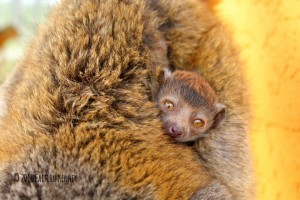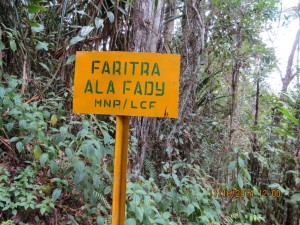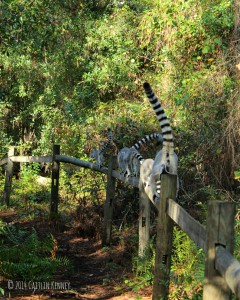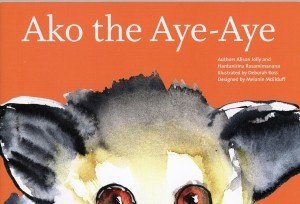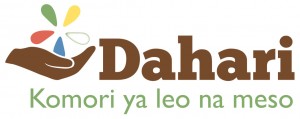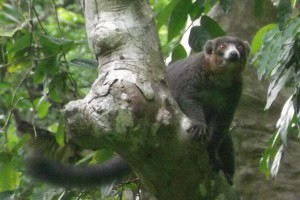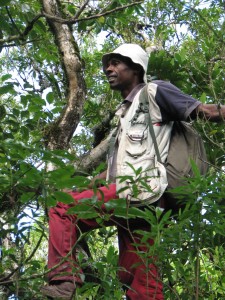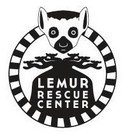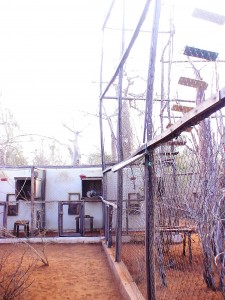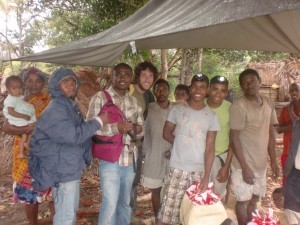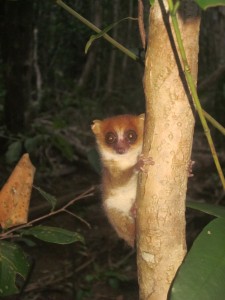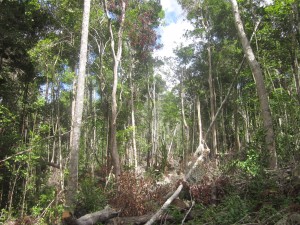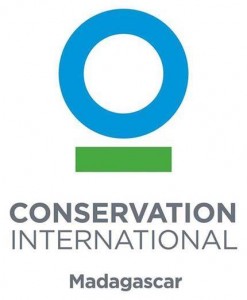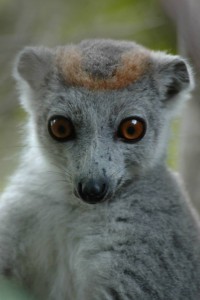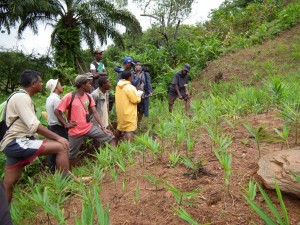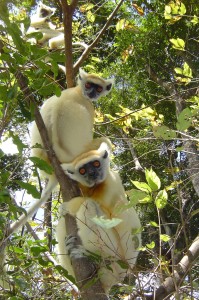Institute of Zoology, University of Veterinary Medicine Hannover
What We Do
At The Institute of Zoology at the University of Veterinary Medicine Hannover we help protect lemurs through on-the-ground research, capacity building, and captive management.
The working group “Lemur conservation Biology” from the Institute of Zoology has worked in the Ankarafantsika National Park (135,000 ha park) since 1995 and in the Mariarano forest since 2003. The Ankarafantsika National Park comprises the largest remaining patch of continuous dry deciduous forest in northwestern Madagascar and is therefore of utmost importance for the preservation of the remaining biodiversity.
How We Protect Lemurs And Other Wildlife
The Institute of Zoology in Hannover undertakes cutting edge research on lemurs both inside and outside Madagascar. One of our major aims is to increase understanding of how nocturnal lemurs have adapted and evolved in their respective environments.
In particular, the Institute studies the patterns, evolution, and consequences of differences between species in their behavior, bioacoustics, ecology, and susceptibility for diseases. Combining this knowledge with an understanding of how habitat needs and habitat fragmentation impact the genetic diversity of populations,it is possible to evaluate the changes for long-term survival of these populations.
In addition to our work in the field, the Institute of Zoology also leads the ex situ management of Goodman’s mouse lemur (Microcebus lehilahytsara), and keep one of only two breeding colonies worldwide for this species.
What Lemur Species We Protect

A coquerel’s sifaka in Ankarafantsika National Park in Madagascar. Photo: Lynne Venart.
In the Ankarafantsika National Park, our work impacts:
- Coquerel’s sifaka (Propithecus coquereli)
- Milne-Edwards sportive lemurs (Lepilemur edwardsi)
- Western woolly lemurs (Avahi occidentalis)
- Golden-brown mouse lemurs (Microcebus ravelobensis), described by the Institute in 1998
- Mongoose lemurs (Eulemur mongoz)
- Grey mouse lemurs (Microcebus murinus)
- Fat-tailed dwarf lemurs (Cheirogaleus medius)
- Brown lemurs (Eulemur fulvus)
How We Support Local Communities
Species and habitat conservation cannot be achieved without involving the Malagasy community and their active participation in decision-making processes. As a prerequisite, any conservation initiative must therefore aim to strengthen local knowledge and to raise responsibility for the unique biodiversity of Madagascar.
Since 1995, the Institute of Zoology has established a series of collaboration contracts with Malagasy authorities including the University of Antananarivo (Department of Zoology), the University of Mahajanga (Biology Department), and Madagascar National Parks (MNP). These are key to the long-term success of the programs and to build capacity in Madagascar for lemur conservation.
Specifically, the Institute aims to:
- jointly perform research projects and publish scientific results with Malagasy collaborators
- improve access of Malagasy partners to scientific results from the international research community
- provide institutional support for Malagasy universities and collaborators
- increase scientific networking with Malagasy colleagues
- support and mentor Malagasy students, postdocs, and researchers
- contribute to local capacity building of students and local field assistants

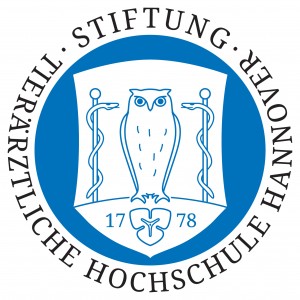
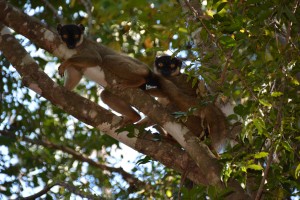

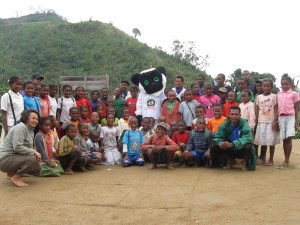
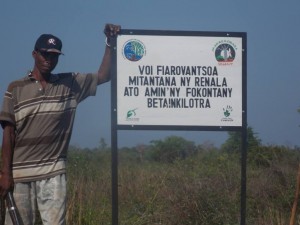
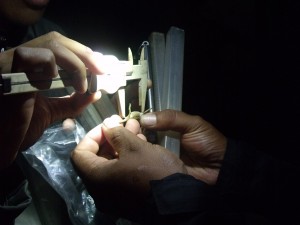

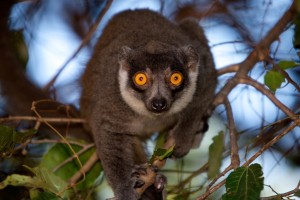
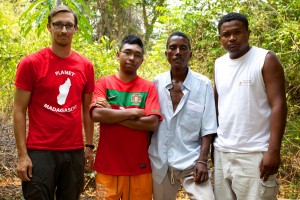
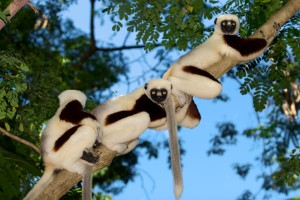
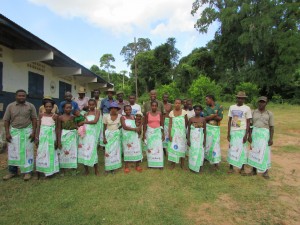
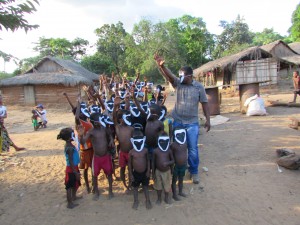
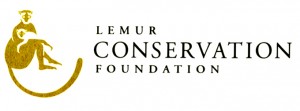 Lemur Conservation Foundation
Lemur Conservation Foundation